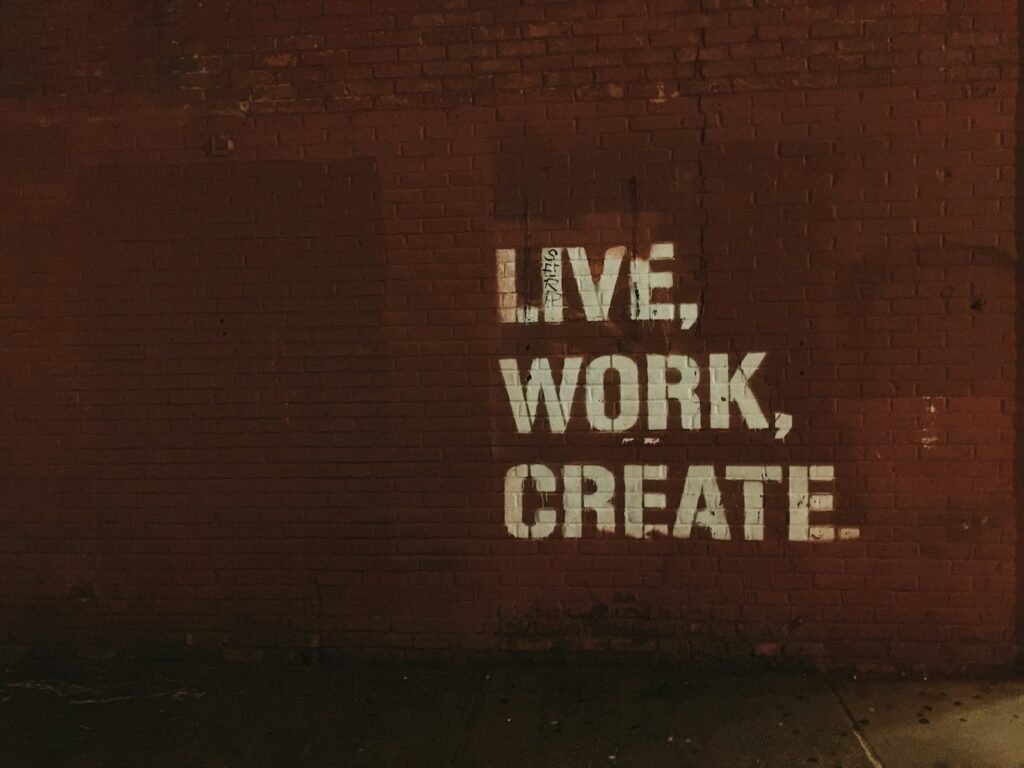Introduction
Achieving a healthy work-life balance has become increasingly challenging. The constant pressure to perform, coupled with the blurring boundaries between work and personal life, can lead to burnout, stress, and a diminished quality of life.
A recent study by the American Psychological Association found that nearly two-thirds of Americans report experiencing significant work-related stress, with a significant portion citing poor work-life balance as a contributing factor.
Key Points to Cover
The Importance of Progress: Striking a Balance
Achieving a healthy work-life balance is essential for personal and professional growth, as well as overall well-being. When we neglect one aspect of our lives in favor of another, we risk burnout, decreased productivity, and strained relationships.
Finding a balance allows us to prioritize our various responsibilities and commitments while still making progress towards our goals. It enables us to be present and engaged in both our work and personal lives, leading to increased satisfaction and fulfillment.
Prioritizing What Matters with Time Management
Effective time management is a crucial component of maintaining a healthy work-life balance. By prioritizing tasks and allocating time wisely, we can make progress towards our goals while creating space for personal pursuits and self-care.
One practical approach is the Eisenhower Matrix, which categorizes tasks based on their importance and urgency. This method helps identify and prioritize essential tasks, delegate or reschedule less important ones, and eliminate time-wasters.


Setting Healthy Boundaries for Progress
Establishing clear boundaries between work and personal life is essential for maintaining a healthy balance. This includes setting limits on work hours, disconnecting from work-related communication during personal time, and creating dedicated spaces for work and relaxation.
One effective strategy is to schedule personal time into your calendar, treating it with the same importance as work commitments. This helps create a sense of structure and accountability, preventing one aspect of life from encroaching on the other.
Effective Strategies for Work-Life Balance Progress
Achieving a sustainable work-life balance requires a multifaceted approach. Here are some effective strategies to consider:
| Strategy | Description |
|---|---|
| Flexible Work Arrangements | Explore options like remote work, flexible schedules, or compressed workweeks to better accommodate personal commitments. |
| Delegation and Outsourcing | Delegate tasks or outsource responsibilities when possible to reduce workload and free up time for personal pursuits. |
| Mindfulness and Self-Care | Practice mindfulness techniques, exercise regularly, and prioritize self-care activities to manage stress and recharge. |
| Support System | Build a supportive network of friends, family, or colleagues who can provide encouragement and help when needed. |
Overcoming Challenges on the Path to Progress
Achieving a healthy work-life balance is not without its challenges. Some common obstacles include:
- Workplace Culture: Some workplaces may discourage or stigmatize efforts to establish boundaries or prioritize personal life.
- Personal Expectations: High personal expectations or a desire for perfectionism can make it difficult to set limits and prioritize self-care.
- Technology and Connectivity: The constant availability of technology and the expectation of being constantly connected can blur the lines between work and personal time.
To overcome these challenges, it’s important to:
- Communicate boundaries and expectations with colleagues and supervisors.
- Practice self-compassion and learn to let go of unrealistic expectations.
- Set guidelines for technology use and disconnect when possible.
Additional Resources and Further Reading
For those interested in exploring this topic further, here are some recommended resources:
- “Deep Work” by Cal Newport – A book that explores strategies for focused productivity and avoiding distractions.
- “The 4-Hour Workweek” by Tim Ferriss – A guide to optimizing productivity and achieving work-life balance through automation and outsourcing.
- “Boundaries” by Dr. Henry Cloud and Dr. John Townsend – A comprehensive guide on setting healthy boundaries in personal and professional relationships.
- “Lifehacker” – A popular website and blog dedicated to productivity tips, life hacks, and work-life balance strategies.
Practical Tips and Actionable Advice
To help you achieve a better work-life balance and improve your time management skills, here are some practical tips and actionable advice:
- Conduct a Time Audit: Track how you spend your time over a week to identify areas where you can optimize your productivity and create more balance.
- Prioritize and Schedule: Use a task management system or calendar to prioritize tasks and schedule dedicated time for work, personal activities, and self-care.
- Learn to Say No: Practice setting boundaries by politely declining requests or commitments that conflict with your priorities or stretch you too thin.
- Unplug and Disconnect: Set specific times or days when you unplug from work-related communication and technology to fully engage in personal pursuits.
- Seek Support: Build a support network of friends, family, or colleagues who can provide encouragement, accountability, and assistance when needed.
Conclusion
Achieving a healthy work-life balance and effective time management is essential for personal and professional growth, as well as overall well-being. By prioritizing what truly matters, setting boundaries, and implementing effective strategies, we can make progress towards our goals while maintaining a fulfilling and balanced life.
Remember, finding the right balance is an ongoing process that requires commitment, self-awareness, and a willingness to adapt and make adjustments as needed. It’s a journey of progress, not perfection.
As you embark on this journey, consider this thought-provoking question: What small step can you take today to create more balance and better manage your time?







